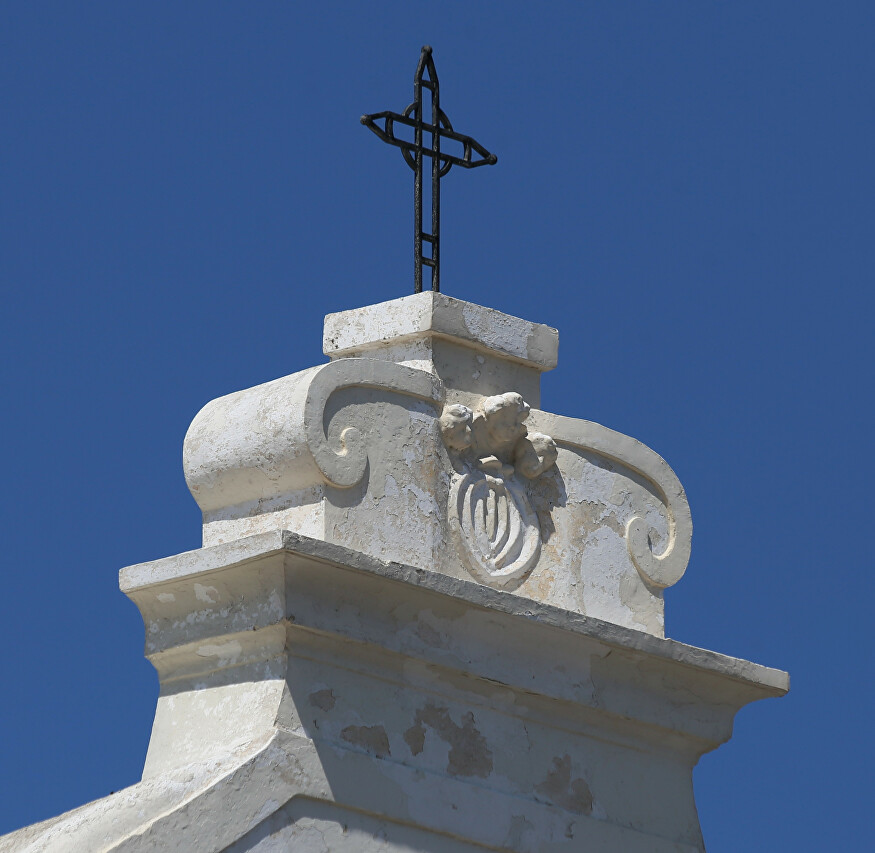Soccorso Church, Forio
On the Ponte Soccorso cape, which is far out in the sea, there is another symbol of Forio - the church of St. Mary the Saviour (Chiesa di Santa Maria del Soccorso, on map). The history of the Church begins with the Hermitage of the Augustinians-hermits, founded around 1350.
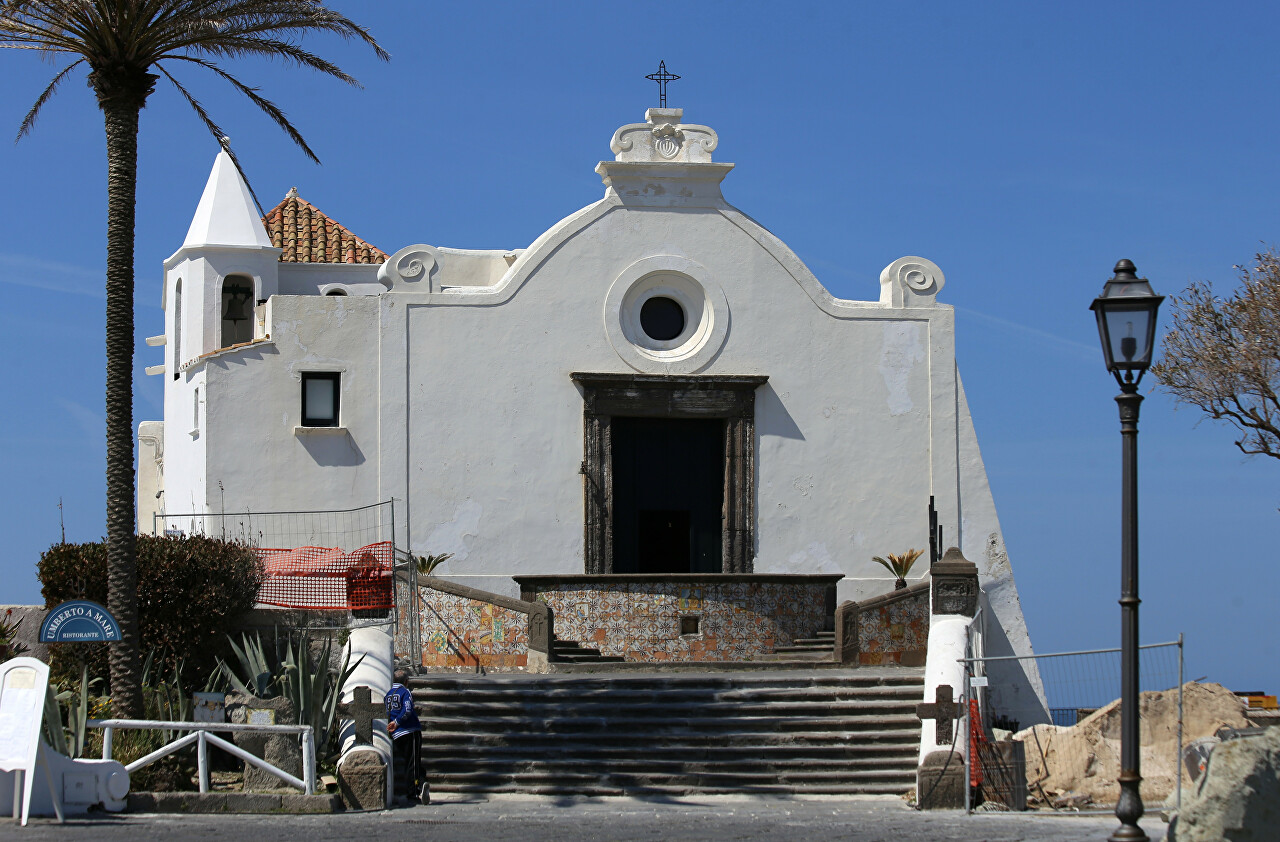
In 1652, the monastery was closed in accordance with a decree of Pope Innocent X on the abolition of small abbeys consisting of several brothers, and not having enough means of subsistence. The Vatican was forced to cut spending by the heavy tax burden of the Aragonese crown. Levies devastated not only peasant farms and workshops of artisans, but also the Church Treasury. In 1740, a small church in the Greek-Byzantine style was built on the site of the monastery.
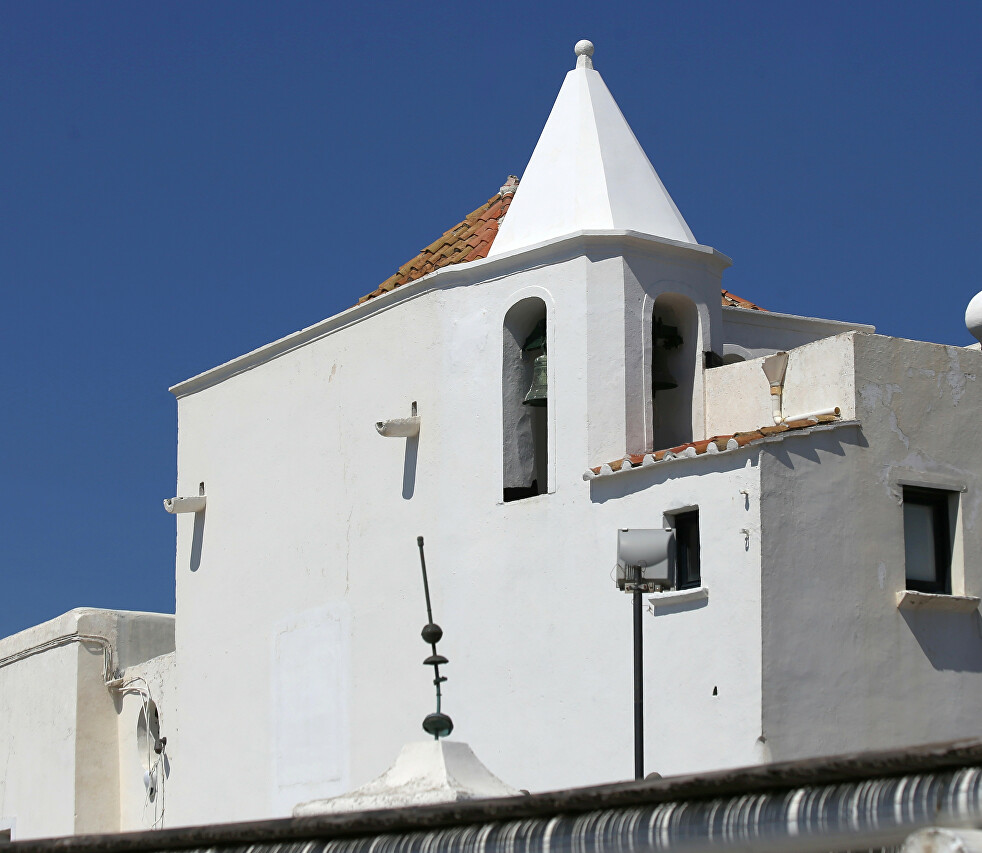
On the right parapet of the platform in front of the entrance - five crosses marking monastic burials, in this place was a small cemetery of Augustinians
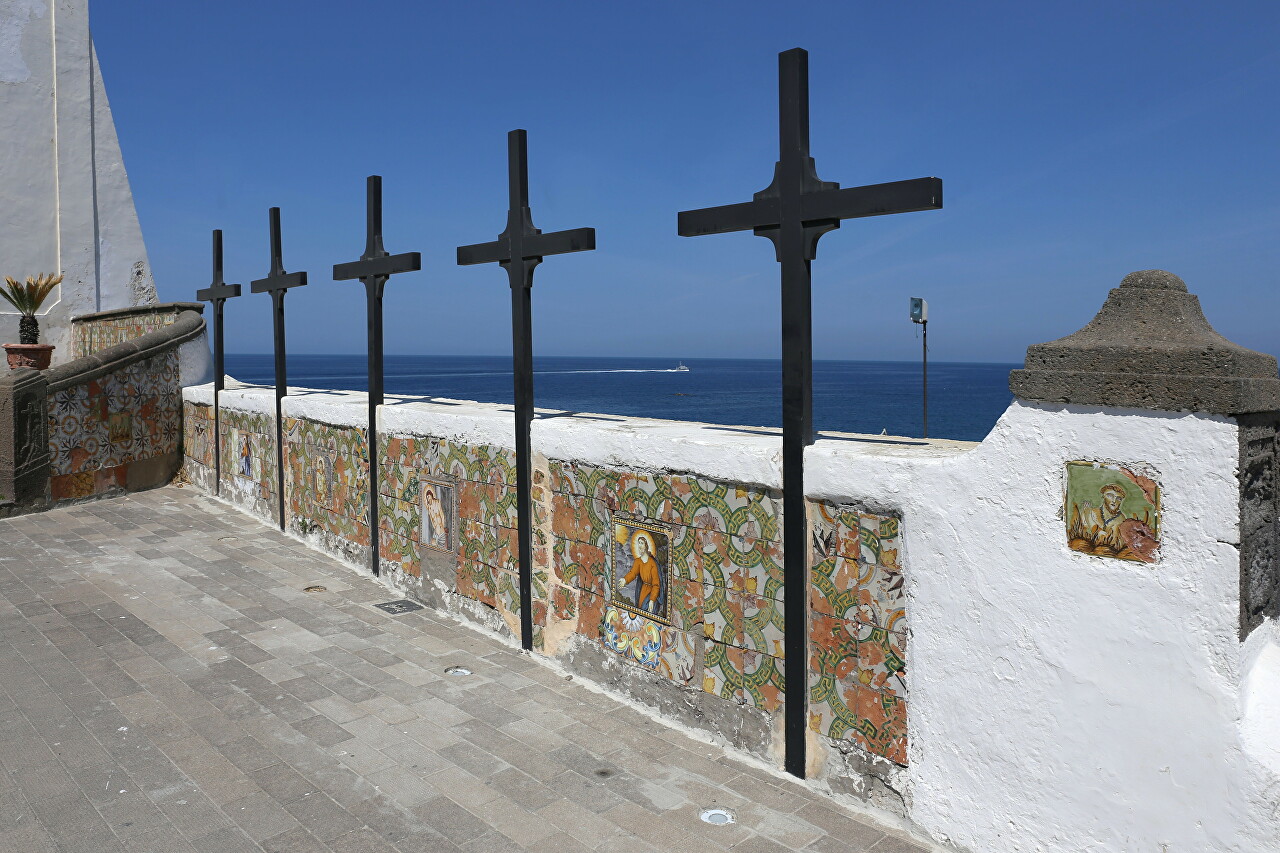
Ceramic panels depict scenes from the Passion of Christ.
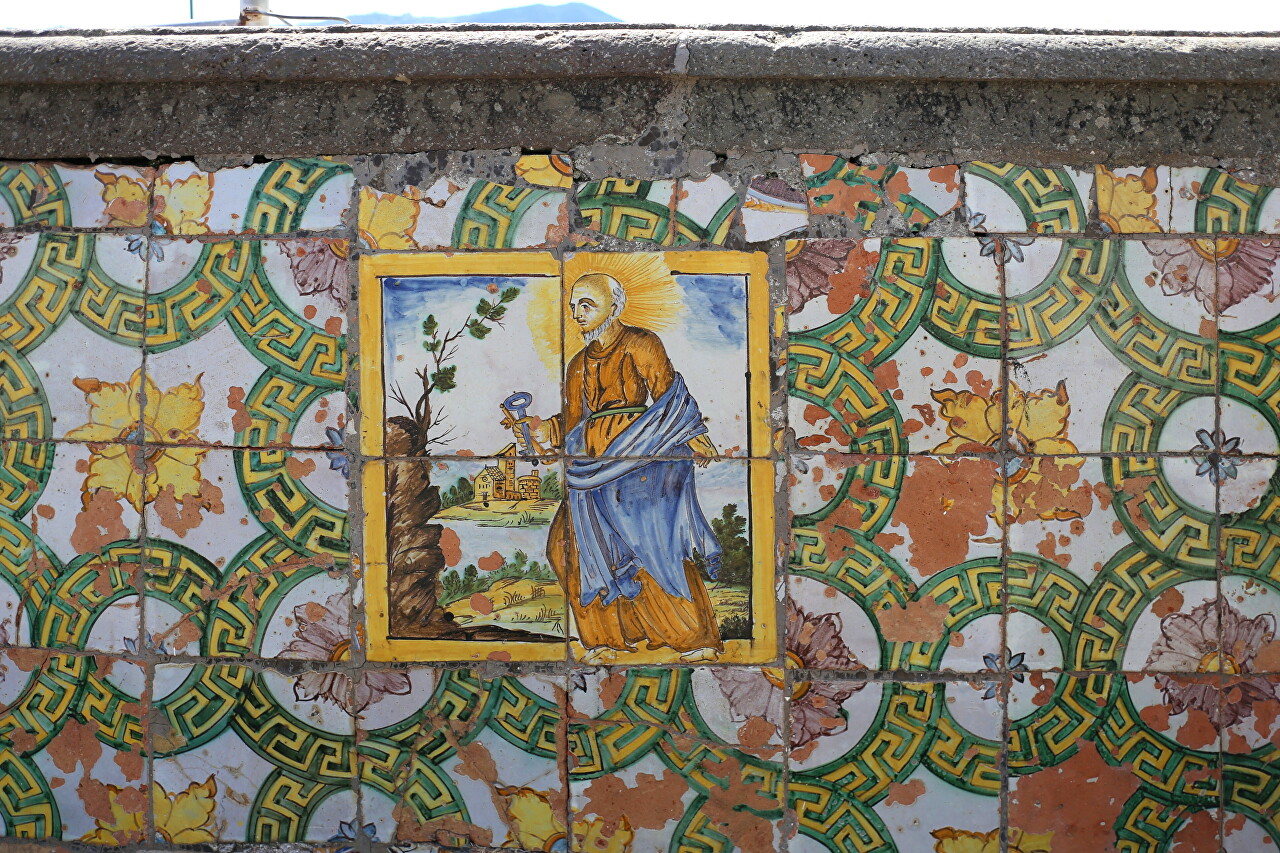
To the right of the church is a cross made of black stone, its pedestal is decorated with ceramic panels.
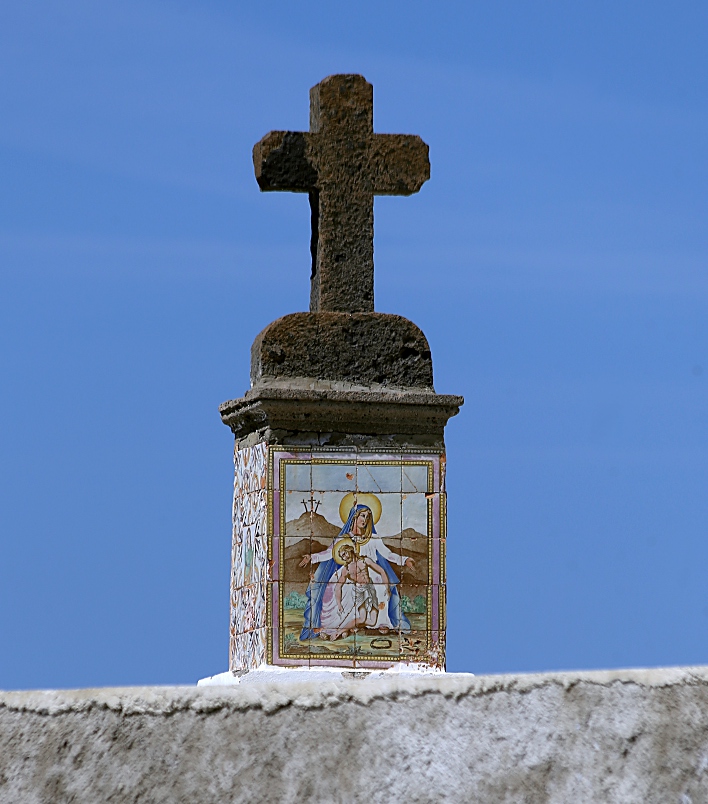
A wide staircase decorated with tiles leads to the portal of the church.
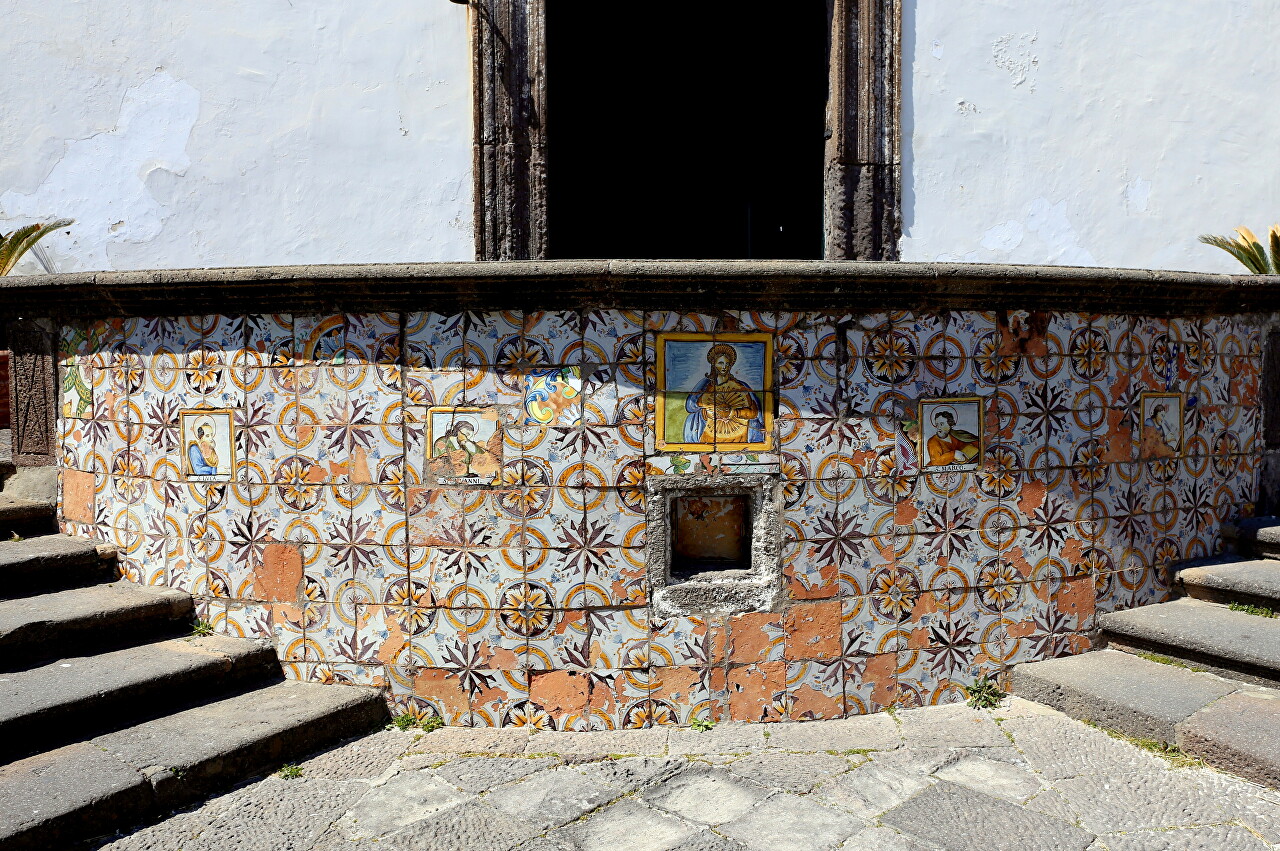
The main nave of the church is small, and over time three chapels of different sizes were added to it.
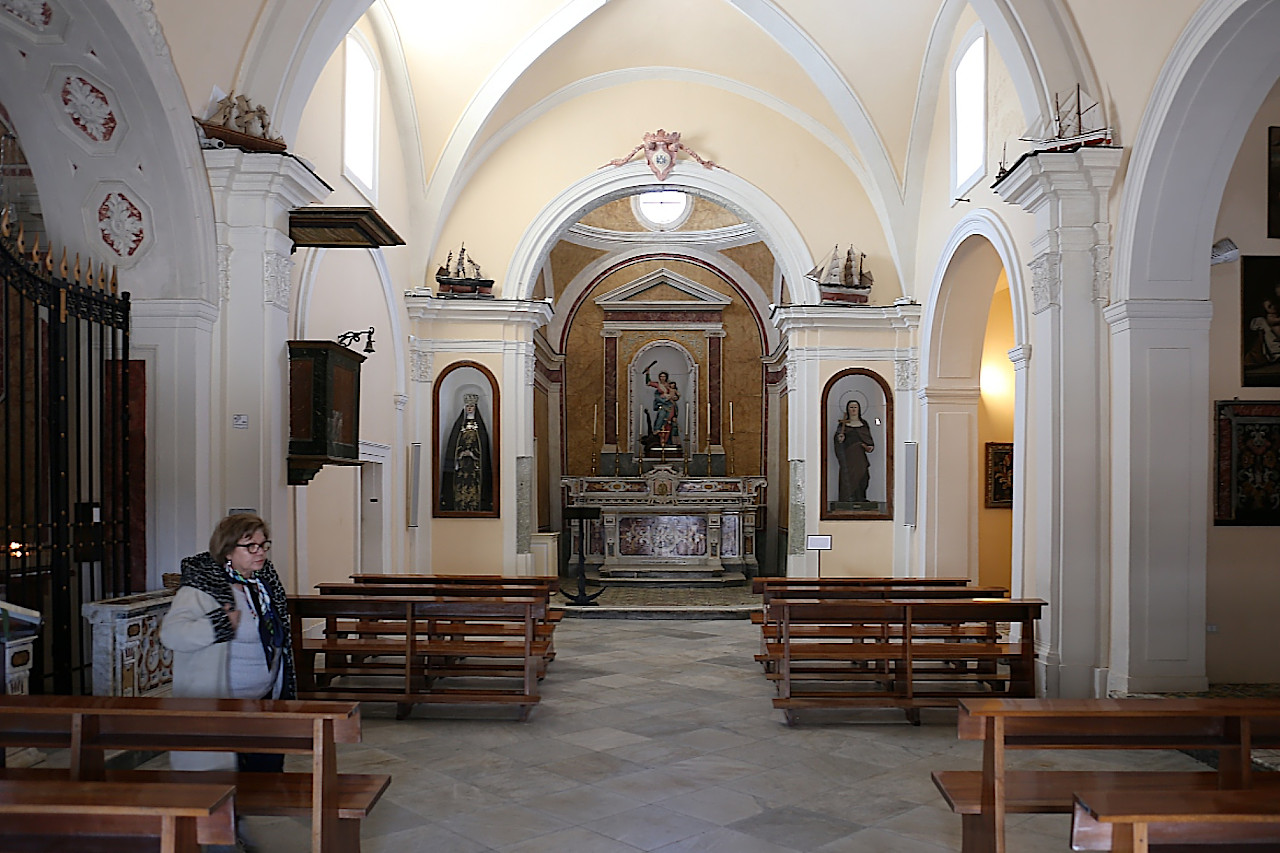
The church was built in a typical fishing village style - a low building without architectural excesses. Interestingly, the design uses both cylindrical and cross vaults.
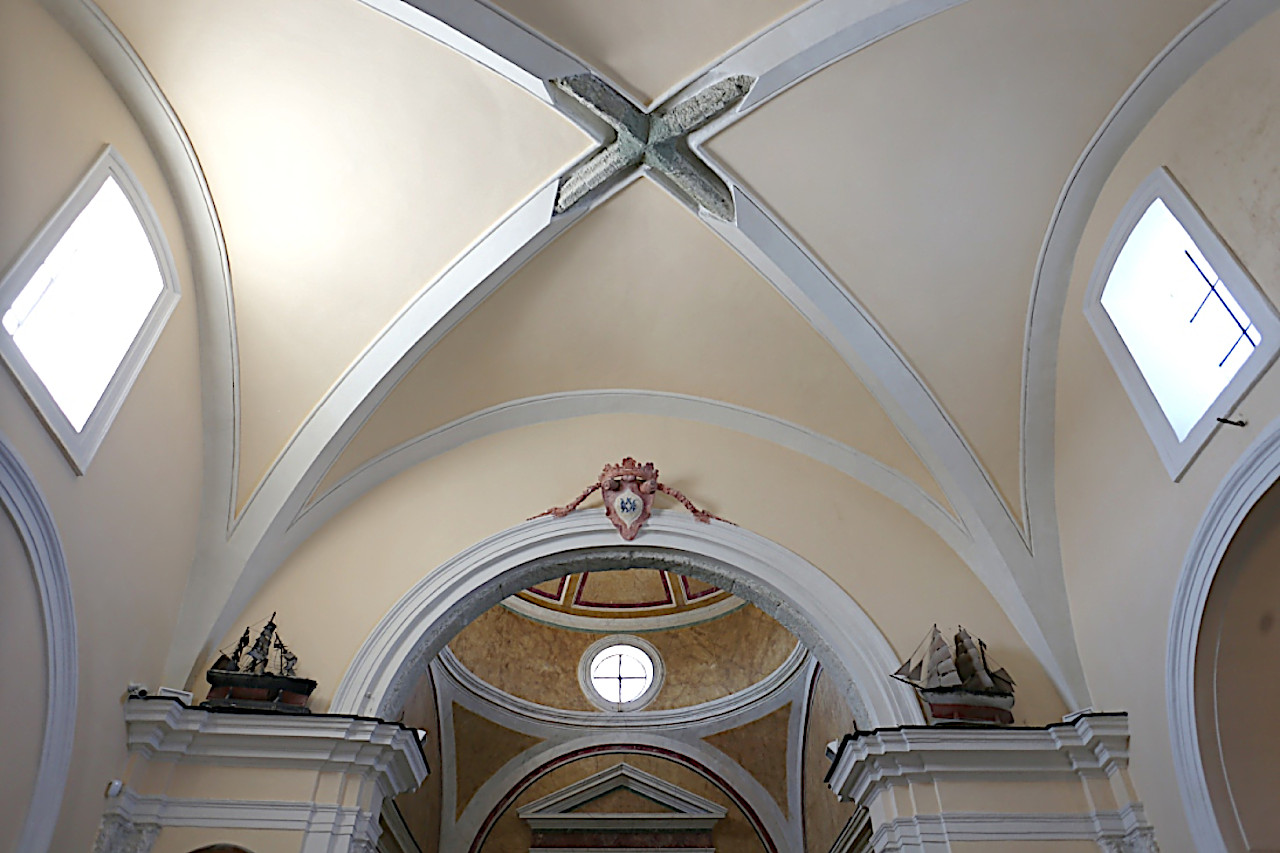
In 1854, a circular dome on a drum was erected, similar to the San Gaetano church.
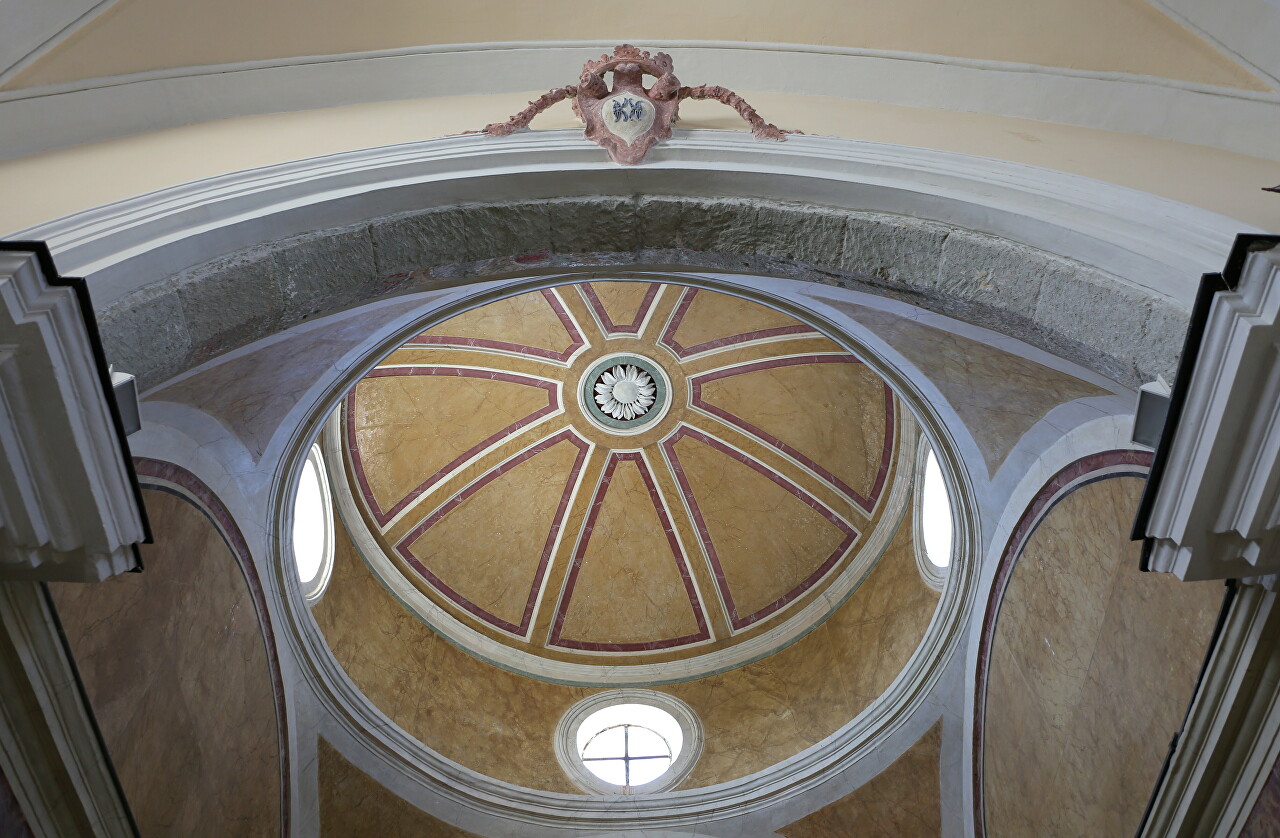
However, the dome stood for just under 30 years, collapsing during the earthquake of 1883. After the restoration, it has become much more modest.
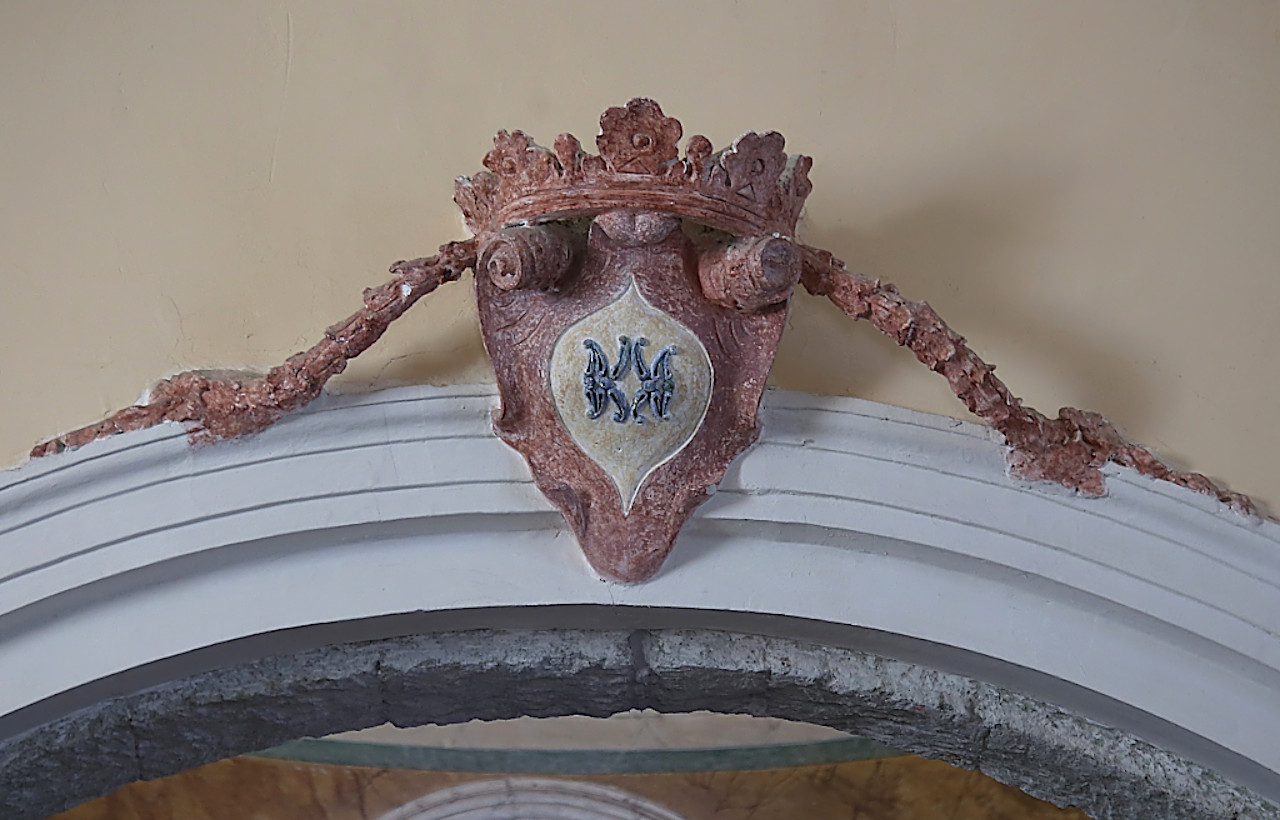
In the altar there is an image of the virgin Soccorso, canonized in 1306 in Palermo. Legend has it that the mother of God appeared to an Augustinian monk who was dying of an illness, delivering him from his illness. The Saviour is struggling with a club with which she is ready to strike the devil lying at her feet.
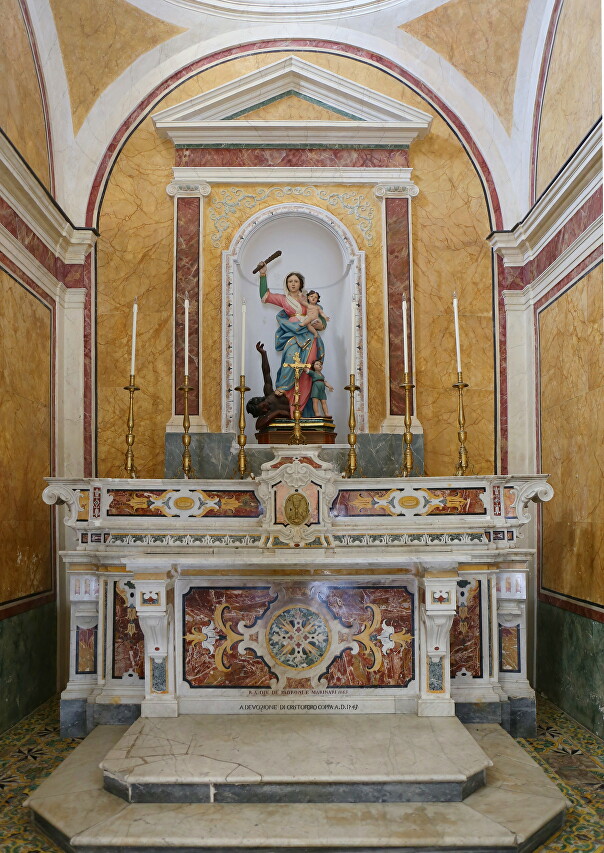
In front of the altar part, two more Holy images are located in the niches of the columns.
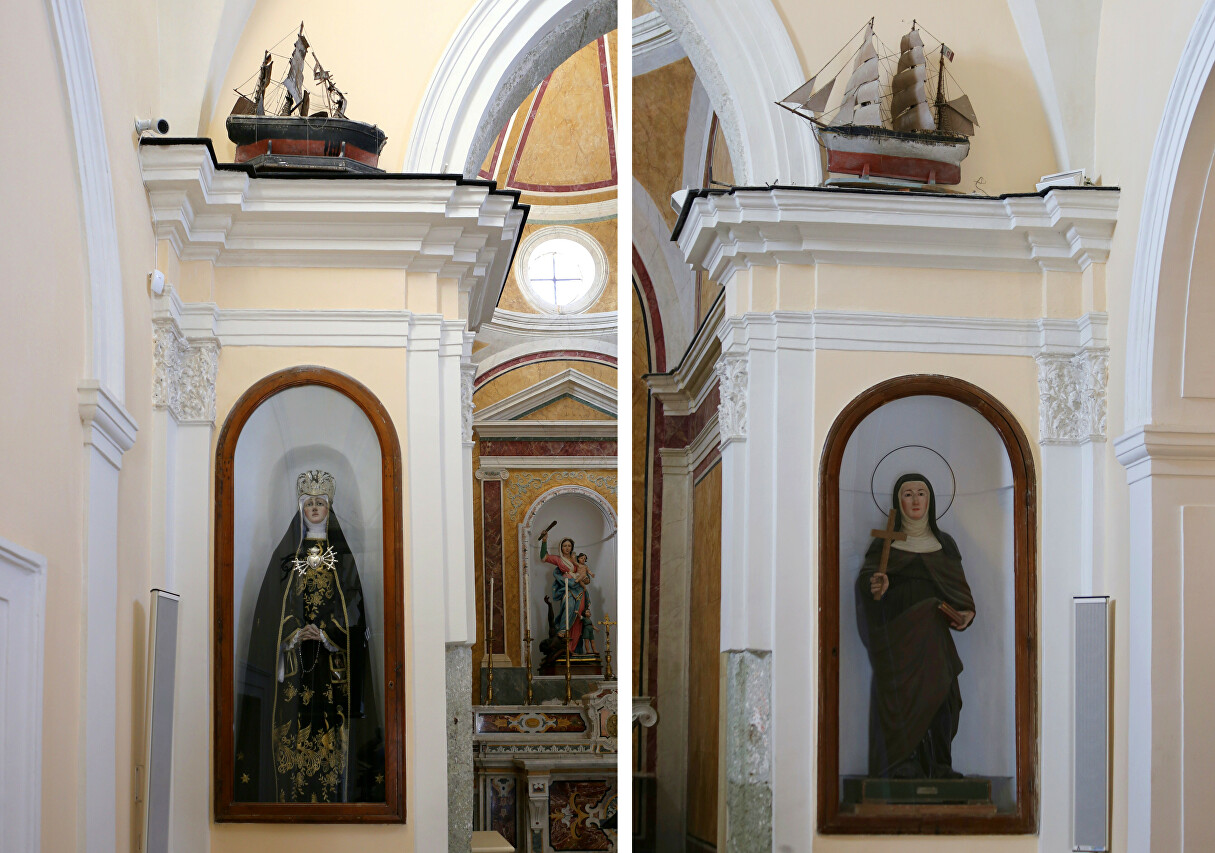
The Crucifixion chapel was built in 1791 and is dedicated to the miraculous events that occurred here during the existence of the Augustinian skete. According to legend, the crucifix was found in the sea by fishermen during a storm and showed them the way to the shore at the Cape, which is now called Sccoroso (Salvation). During the repair of their ship, the sailors placed the crucifix in the Augustinian chapel.
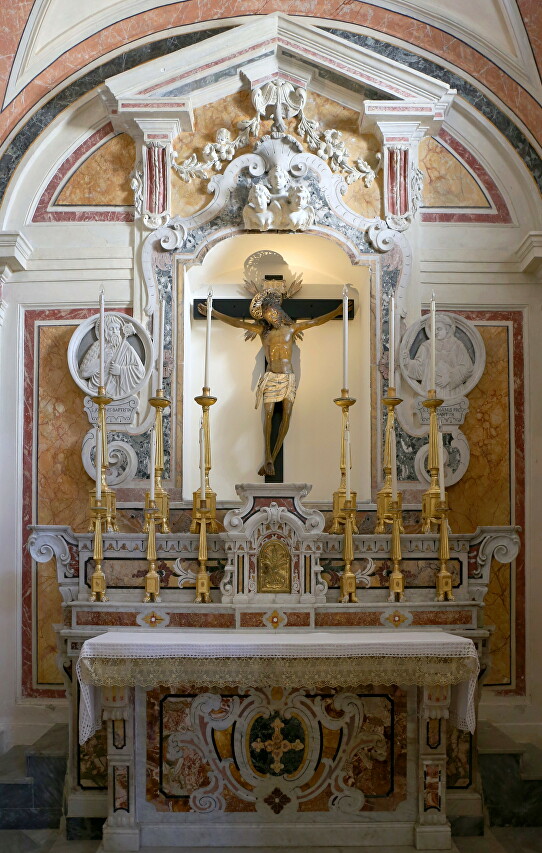
When the repairs were completed and the sailors went to the chapel to retrieve the miraculous crucifix, the door to the chapel disappeared as soon as they reached it. When the sailors moved away, the door reappeared, but as soon as they got closer, a blank wall appeared in its place. After three attempts, they they left the crucifix in the chapel for the sake of saving all the sailors.
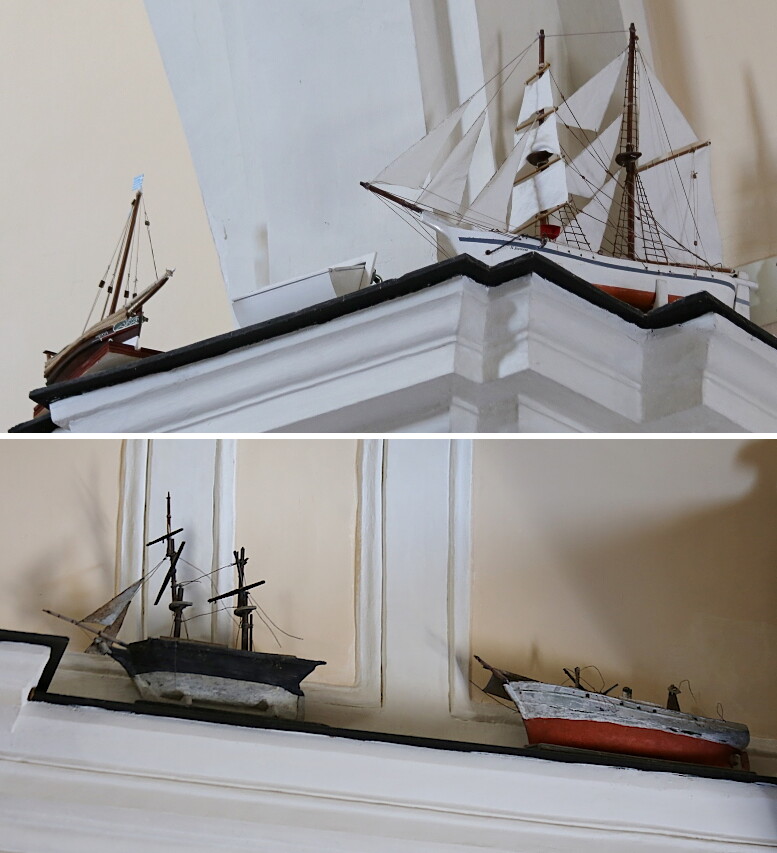
On the walls of the church, you can see examples of paintings, the oldest of which date back to the 16th century.
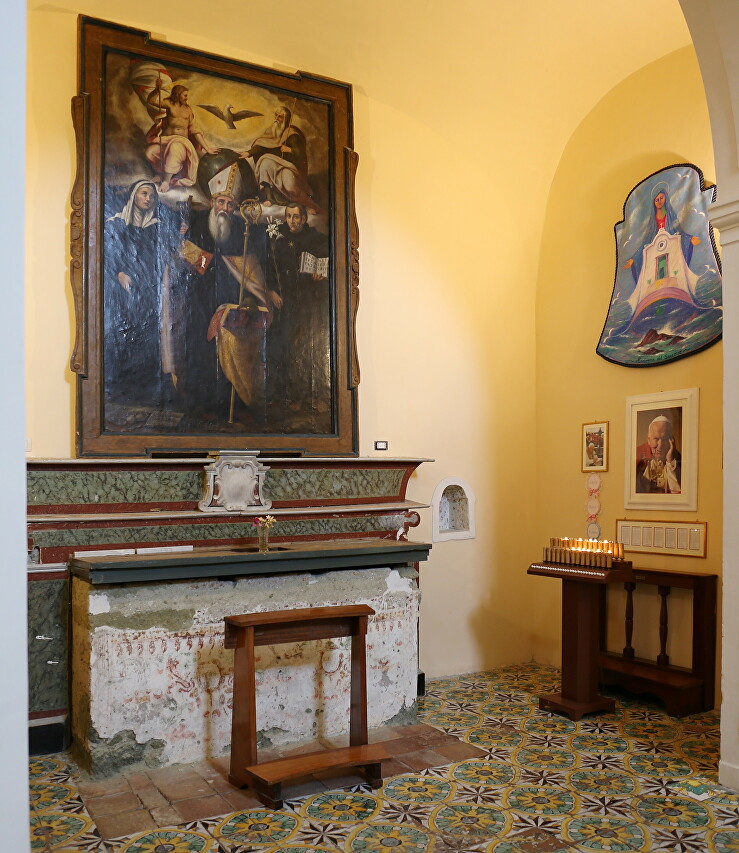
The church is surrounded on three sides by a wide terrace-Belvedere with a view of the sea. In good weather, you can see the silhouette of Ventotene island from the platform, and at sunset you can witness an amazing natural phenomenon-the "green ray".
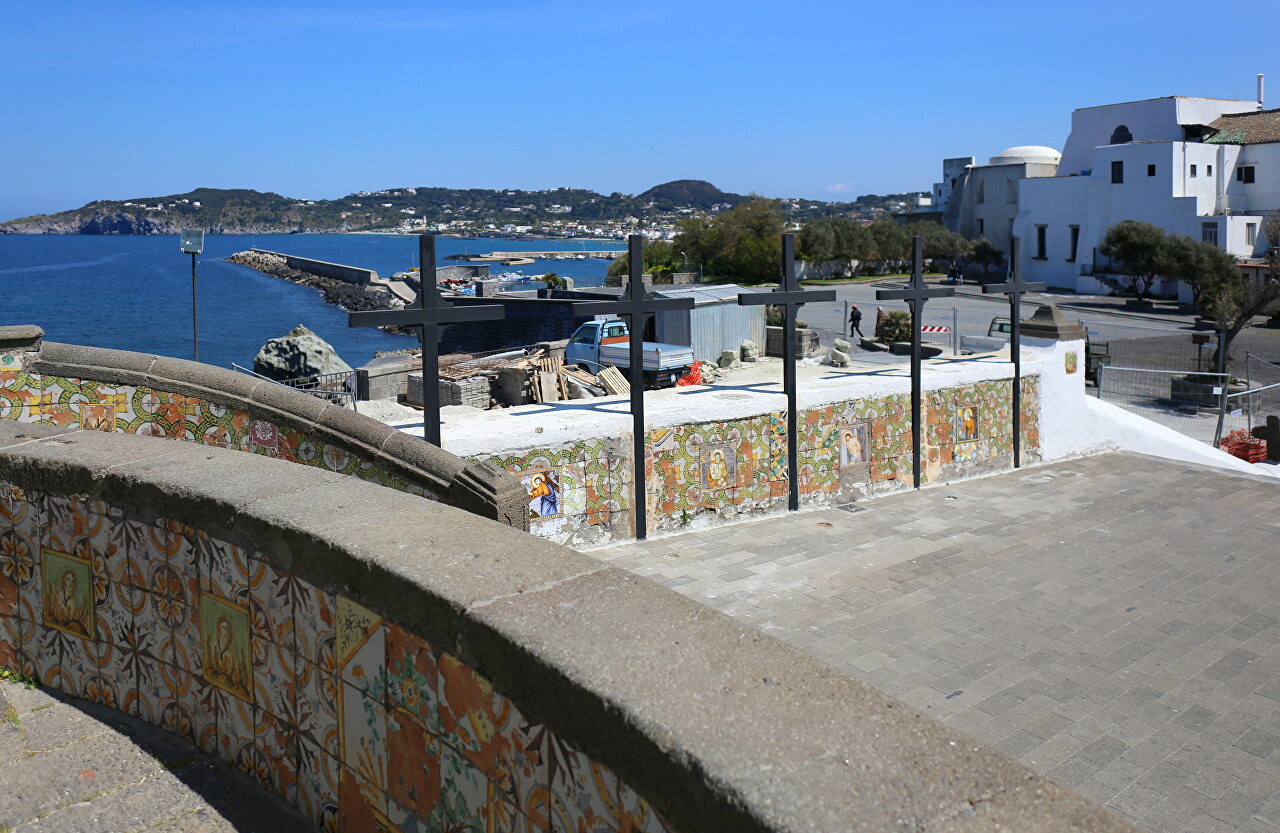
Unfortunately, the Belvedere was closed for reconstruction. and it was impossible to get there.
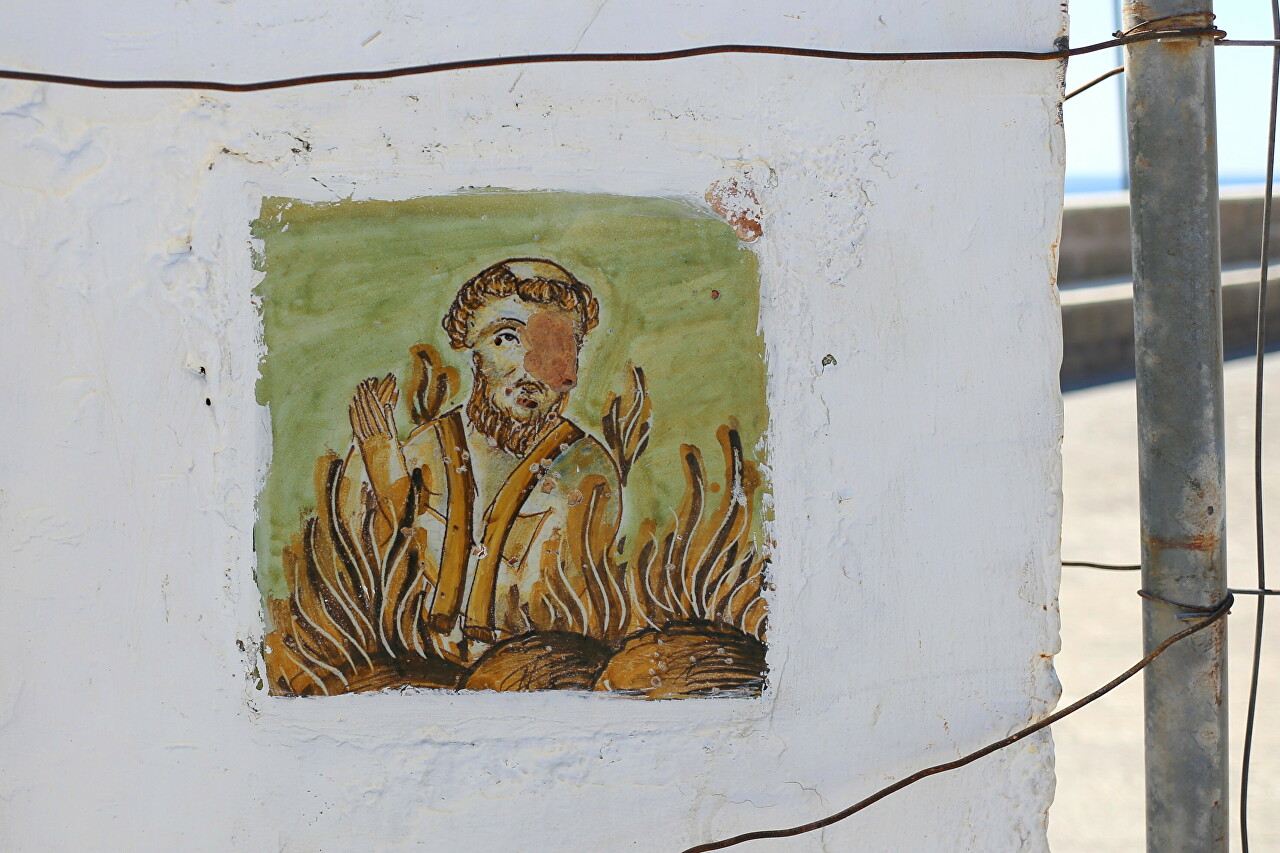
The square in front of the church was originally named Soccorso, in 2002 it was named in honor of Pope John Paul II, who spoke here on may 5 of the same year as part of the world youth day.
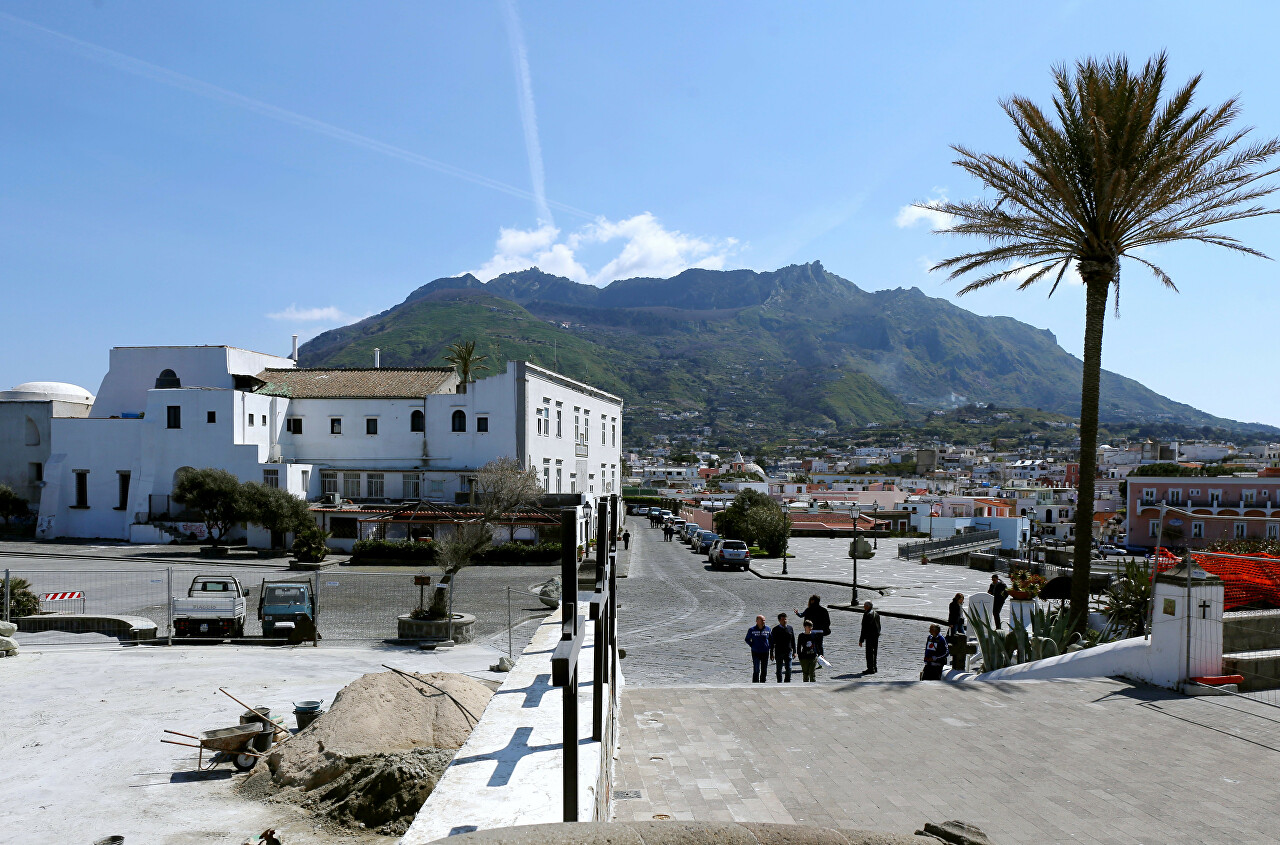
![]() The church is open daily from 8 to 12 and from 16 to 20.
The church is open daily from 8 to 12 and from 16 to 20.
